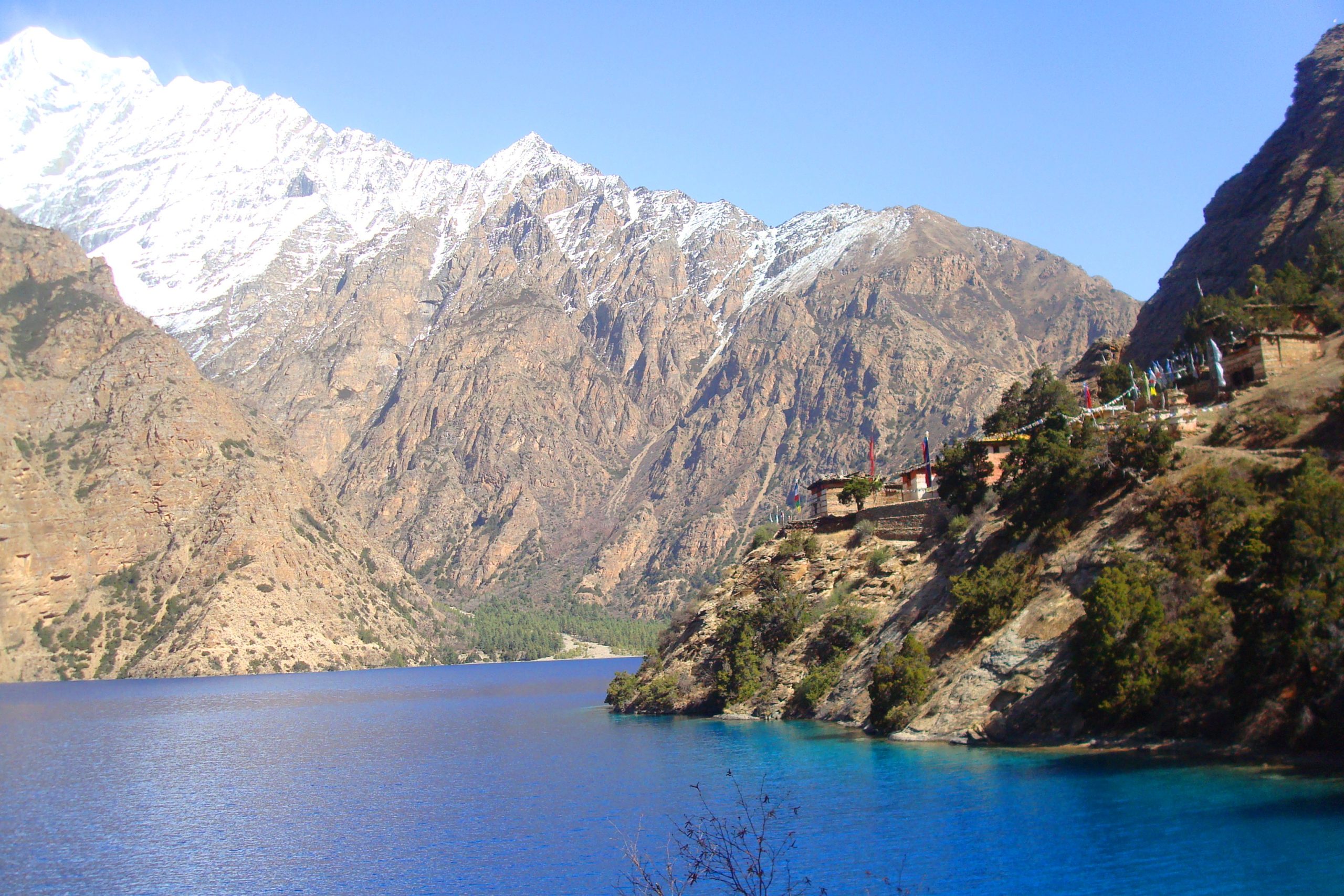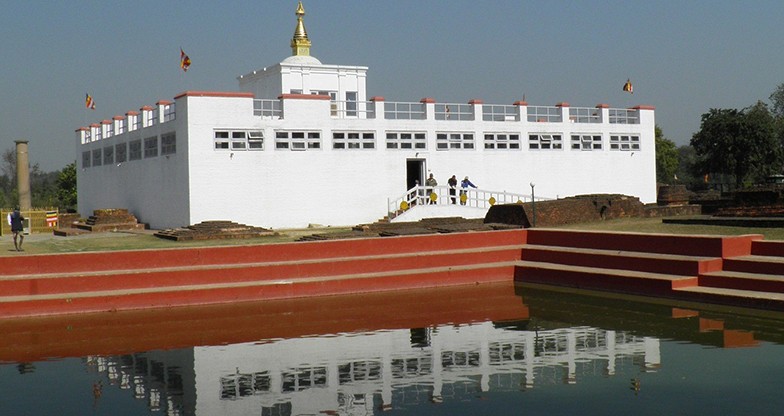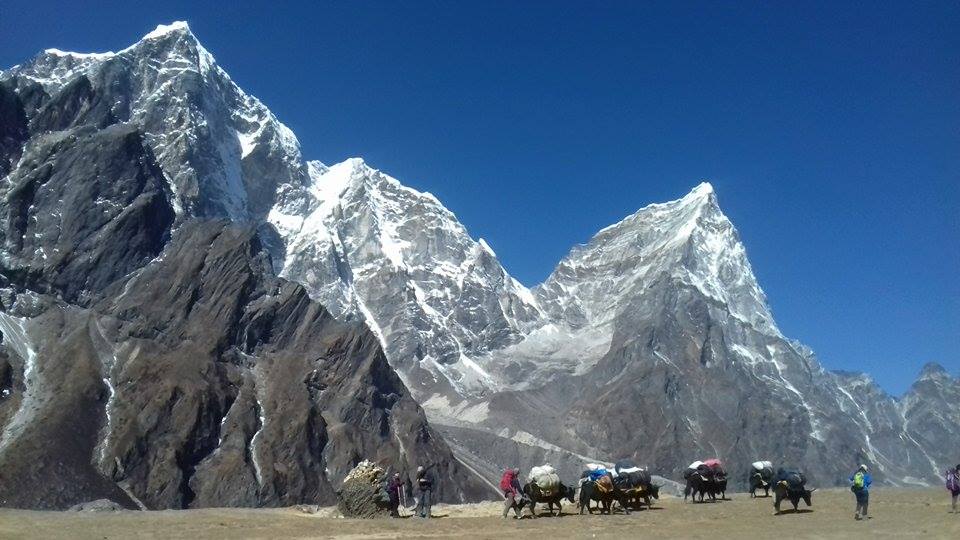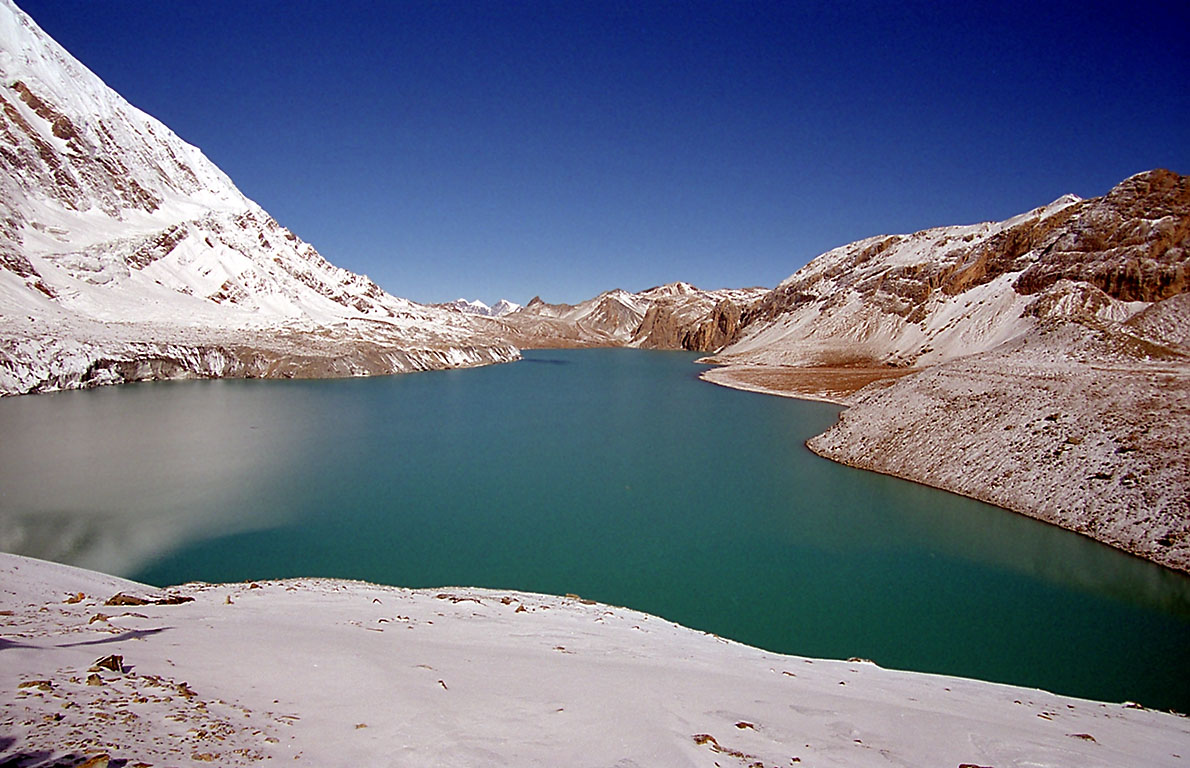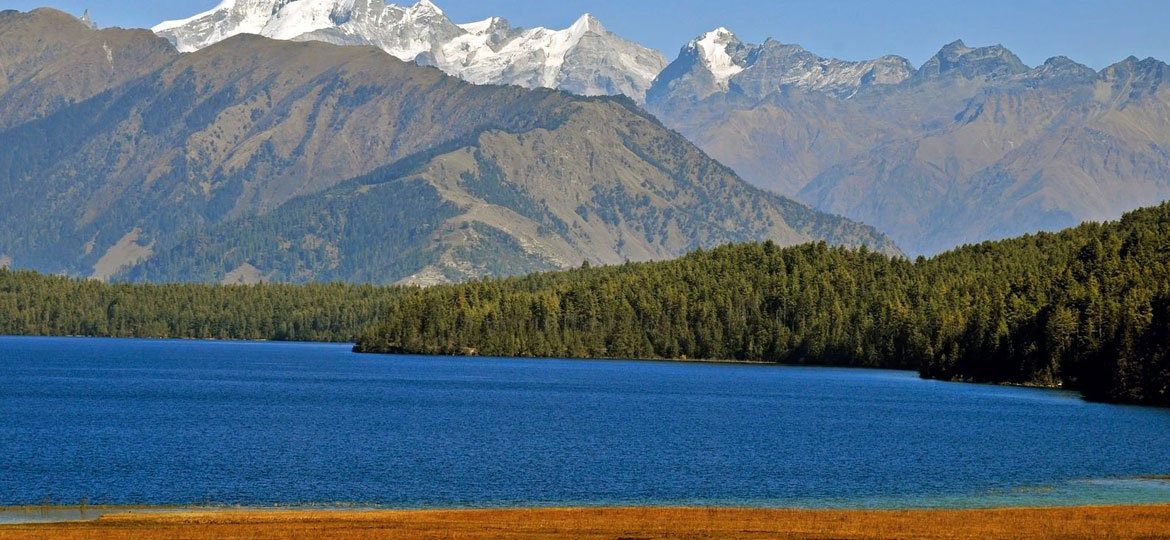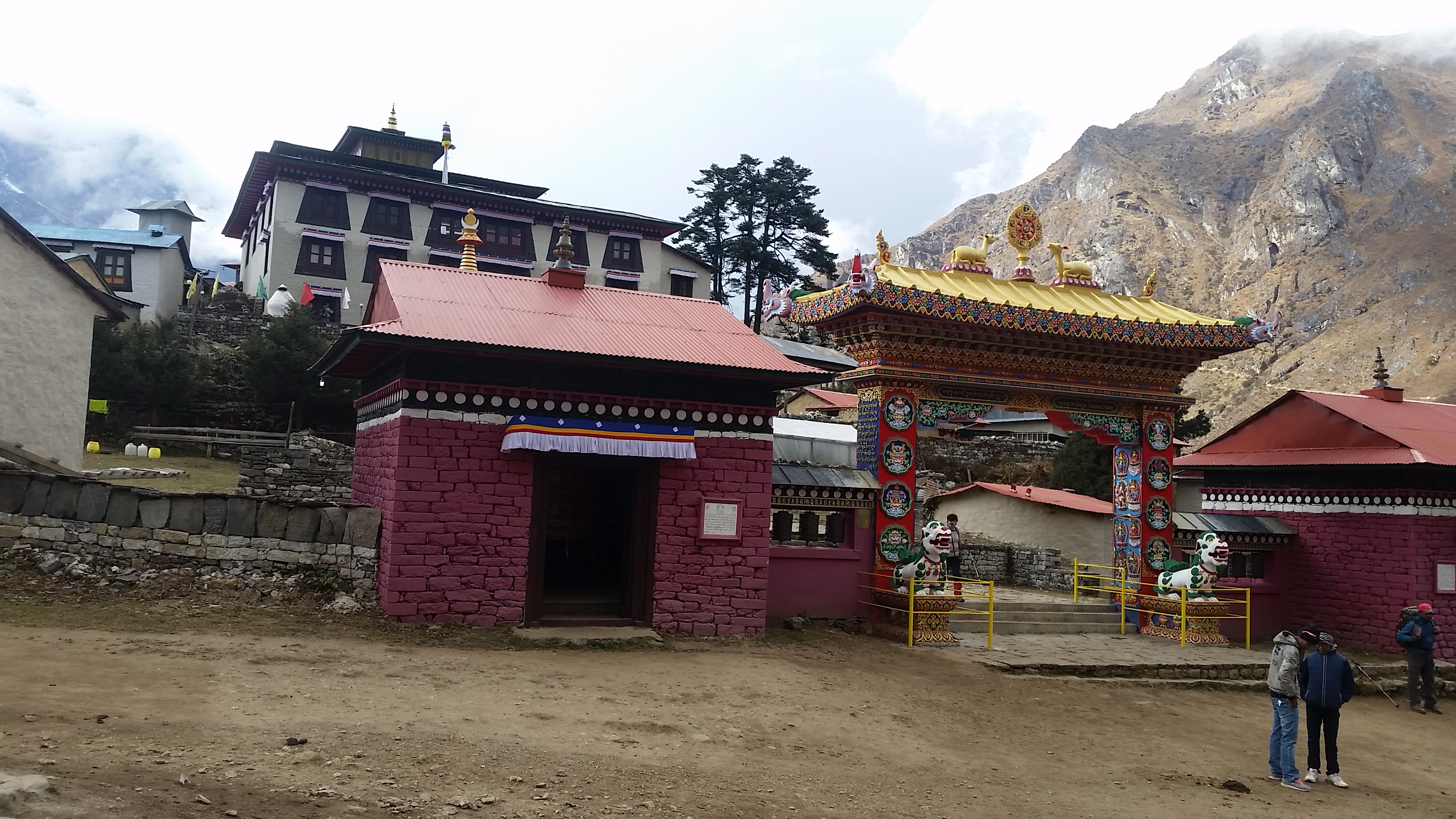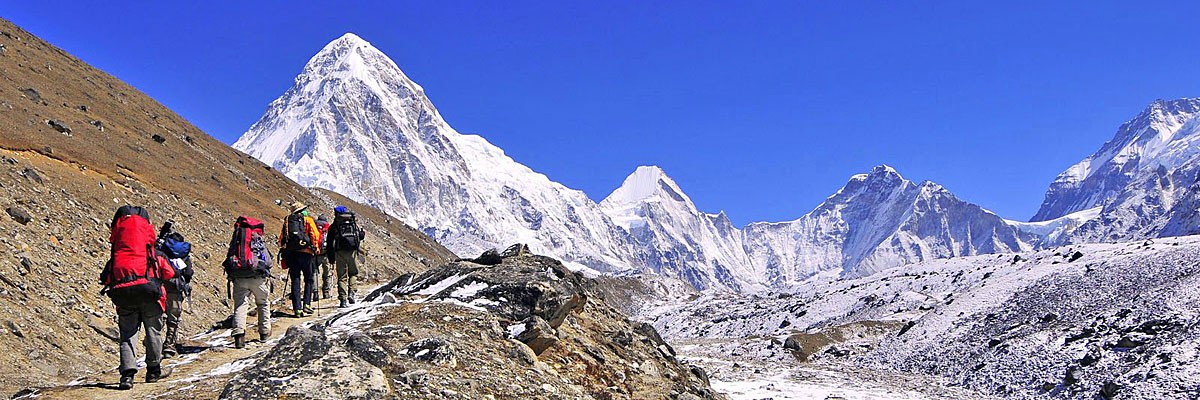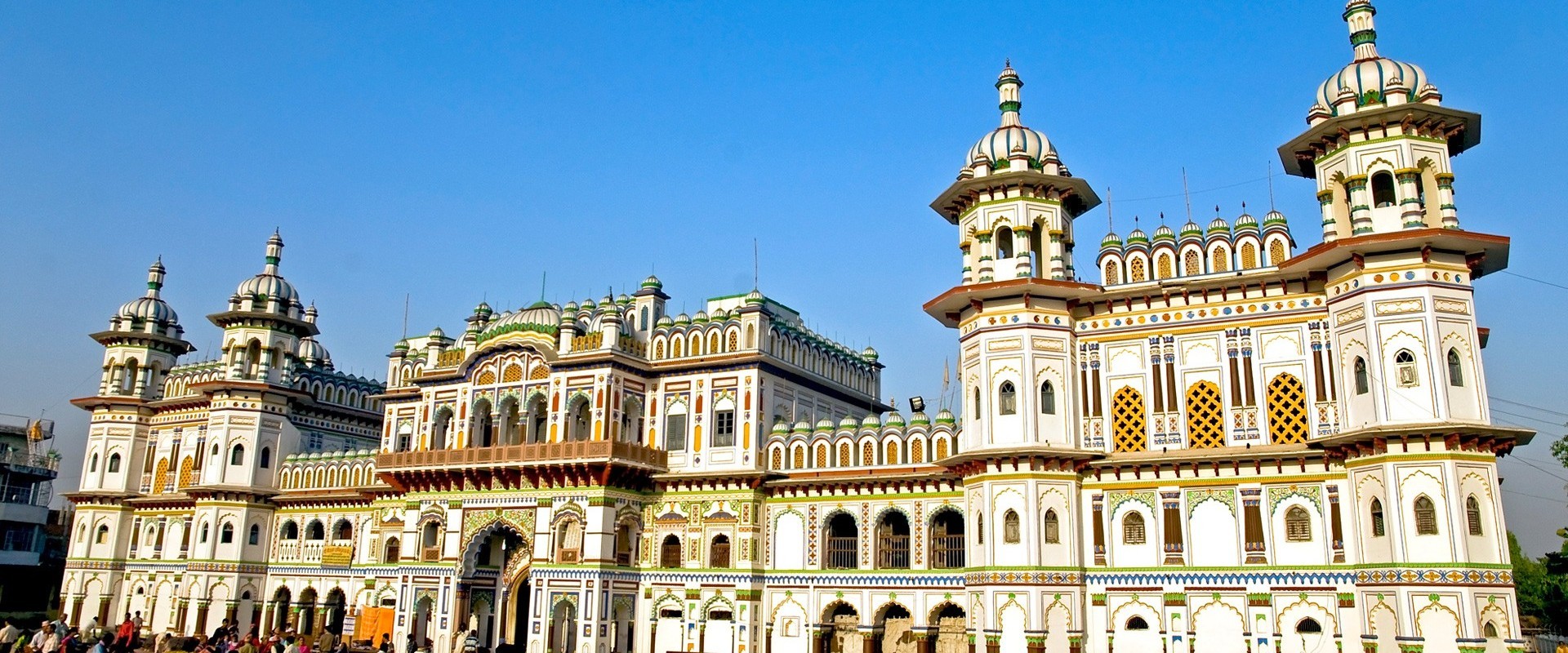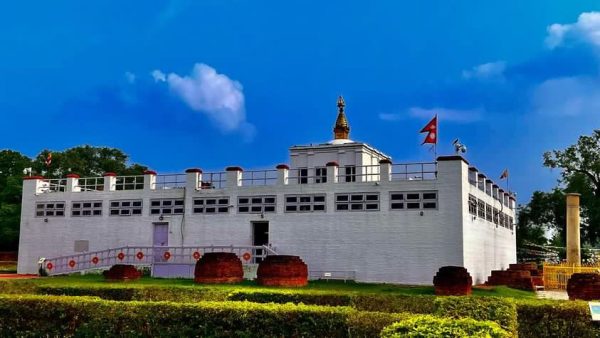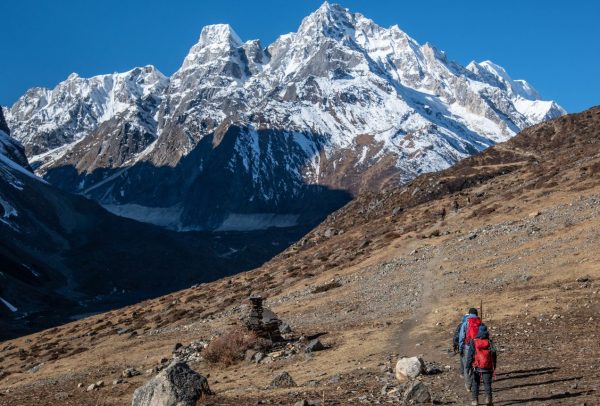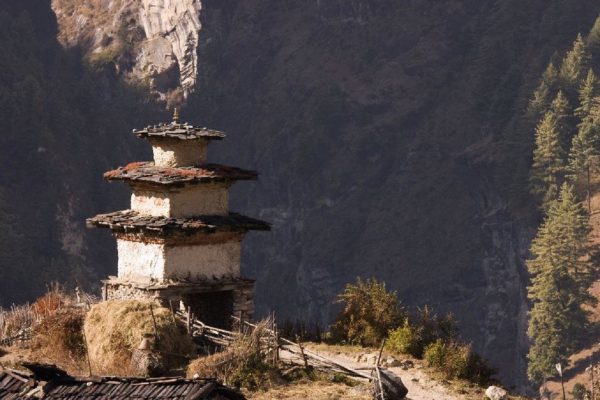Nepal is one of the most beautiful countries to visit and truly trekkers paradise for trekker enthusiast. No nation can compete with Nepal’s scenic and natural beauty. Lying is South East Asia between China and India, this developing nation holds eccentric natural and scenic beauty, biodiversity in plants and animals and several ethnic groups, cultures, and traditions all inside this small nation. With eight highest mountains in the world, Nepal is a home to hundreds of peaks and beautiful landscapes and rivers and Nepal has been a paradise for adventure seekers offering them ultimate challenges.
Landlocked by geography, Nepal shares an open border with India. The major identification of Nepal in world platform is for the beauty of mountains, culture, and traditions of people and also for friendly hospitality. Some of the beautiful places of Nepal are:
Lumbini
Lumbini is the birthplace of Gautam Buddha, the founder of Buddhism. Born as Siddhartha Gautam in 563 B.C. The distance from Kathmandu to Lumbini is about 230 KM and is reached in a day through a bus or a plane.
Lumbini is a holy land for all the Buddhist followers around the world and one of the most beautiful places of Nepal. Lumbini is declared a pilgrimage site for people spreading peace and love. There are some of the world’s best stupas and monasteries in Lumbini area. The eternal flame is also located in Lumbini.
The great Emperor Ashoka, when visited Lumbini built a pillar where Mayadevi, Buddha’s mother gave birth. The pillar is named in honor of Ashoka and still stands firm near the palace.
Everest Base Camp
Everest Base Camp is the gateway to the tallest peak of the World, Mount Everest. The base camp is situated at the height of 5,380 meters high up in the Himalayas; the base camp provides a thrilling experience and spectacular view of Everest.
It’s not the base camp but the journey to basecamp that will blow your mind away. The trek to Base Camp passes through exceptional viewpoint such as Kalapatthar at 5,643 meters, considered the best place on earth for watching Everest.
The trek passes through the Khumbu region, and neighboring mountains of Everest is also seen along the way. Everest Base Camp is one of the most sought out destinations in the world and only the people who have reached the camp know how it feels to be under the existing roof of Asia. Undoubtedly, the Everest base camp is among the most Beautiful places in Nepal
Tilicho Lake
Tilicho lake is considered as one of the most beautiful high altitude lakes in the World. Situated at the height of 4,919 meters, it lies in the Annapurna range of mountains. The lake lies in Manang district. The route to the lake is tremendously difficult as trekkers require to climb down a rocky mountain without any support sideways. The trek to Tilicho lake is completed in one day from the Tilicho Base Camp.
Rara Lake
Rara lake is the biggest freshwater lake in Nepal and the most beautiful one too. It is located inside Rara National Park and falls in Mugu district. Trekkers describe Rara as ”a shimmering blue jewel set in a ring of snowy peaks.”
Rara lake lies in an altitude of 2,990 meters above sea level, and the lake surface is 4.2 square miles.
Rara, as surrounded by Rara National Park is abundant with rare birds and animals. The park is also a major bird watching site as the part hosts about 214 species of birds and falls on the list of 50 beautiful places of Nepal. You have to visit the lake to see why Rara Lake is considered as a beautiful place in Nepal.
Muktinath
Muktinath is one of the most visited shrines in Nepal. Muktinath is located at an altitude of 3,710 meters at the foot of Thorong La Pass in Mustang, Nepal. The temple is widely sought out the temple in the world, mainly because it holds significant religious values to two religions, Hinduism and Buddhism.
Access to Muktinath is difficult. Weather conditions are anything but perfect with rapid winds and uneven roads. The best way to travel to this holy temple is to fly to Jomsom from Nepalgunj in the plane and then take a jeep or trek to the temple.
Khaptad National Park
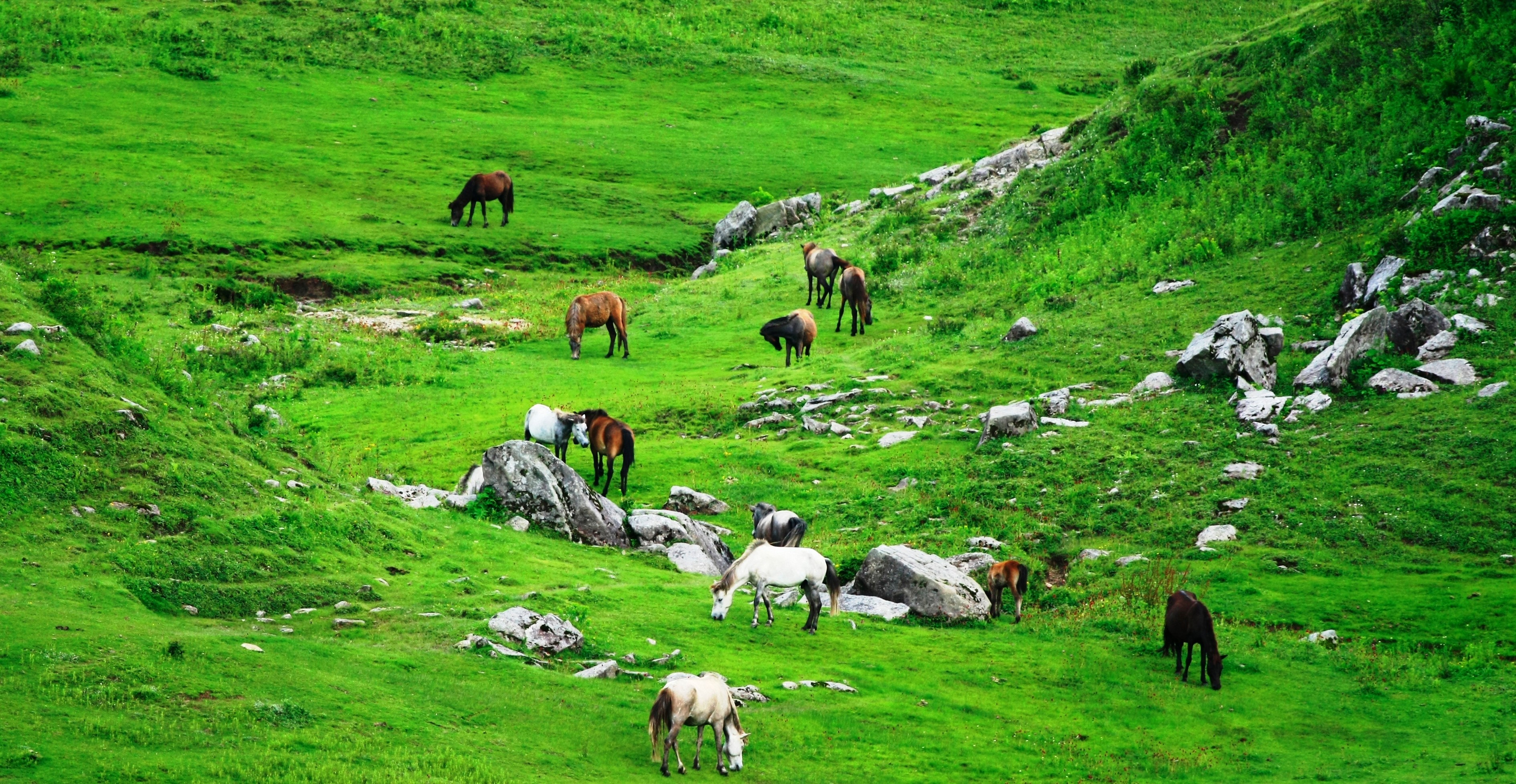
Dhorpatan Hunting Reserve
Dhorpatan Hunting Reserve is the only Hunting reserve in Nepal opened in 1987. Tourists are allowed to hunt specified animals in the region. The park was primarily established to cater the needs of sports hunting and the conservation of temperate, subalpine and alpine ecosystems of western Nepal.
Some events allow hunting of game animals like Leopard, Goral, Serow, Barking Deer, Wild boar, and Himalayan Black Bear. Currently, Bluesheep and Himalayan Tahr are the only animals that are allowed for hunting in the Reserve.
Tengboche Monastery
Tengboche Monastery is also called Dawa Choling Gompa, located at Tengboche Village in Khumjung Nepal. The monastery lies in Khumbu region of Eastern Nepal. Tengboche Monastery is the largest monastery in the Khumbu Region.
The monastery and is its surrounding area is full of spiritual energy and positive vibes, thus falls under one of the beautiful places of Nepal. The monastery lies in Sagarmatha National Park, a UNESCO World Heritage site, and grants a panoramic view of Himalayan Mountains. The ten monastery trail of Khumbu is the main attraction of this region for trekkers and religious tourists. The Tengboche Monastery, built by Lama Gulu in 1916 bears daughter resemblance with Rongbuk Monastery in Tibet.
The earthquake of 1934 destroyed the monastery with the founder Lama Gulu. The fire also damaged the monastery in 1989. The monastery was built with the help of volunteers and donations from all over the world.
Annapurna Base Camp
Annapurna Base Camp is the home to Annapurna Range. The massif is 55 km long and hosts many snow-capped peaks. Annapurna Base Camp and the trek itself is a joyous ride through these mountains. Annapurna Base Camp lies in Annapurna Conservation Area, a protected area with an area of 7,629 sq. Km. The only mountain of the area above 8000 meters, Annapurna I has a 38 percent fatality-to-summit ratio, a ratio even higher than that of Mount Everest.
Annapurna Base Camp is a beautiful place in Nepal regarding trekking route, scenic beauty, enjoyment, and experience. Annapurna Base Camp is becoming a popular trek option amidst tourists and domestic people too. The increase in the number of visitors in the area also led to start Conservation Project with the objective to limit outsiders, gathering of firewood, and domestic animal grazing in the protected area.
The trek to Base Camp passes through amazing views of Machapuchare Mountain, the fishtail mountain and also pass traditional Gurung villages, who are the residents of the area.
Chitwan National Park
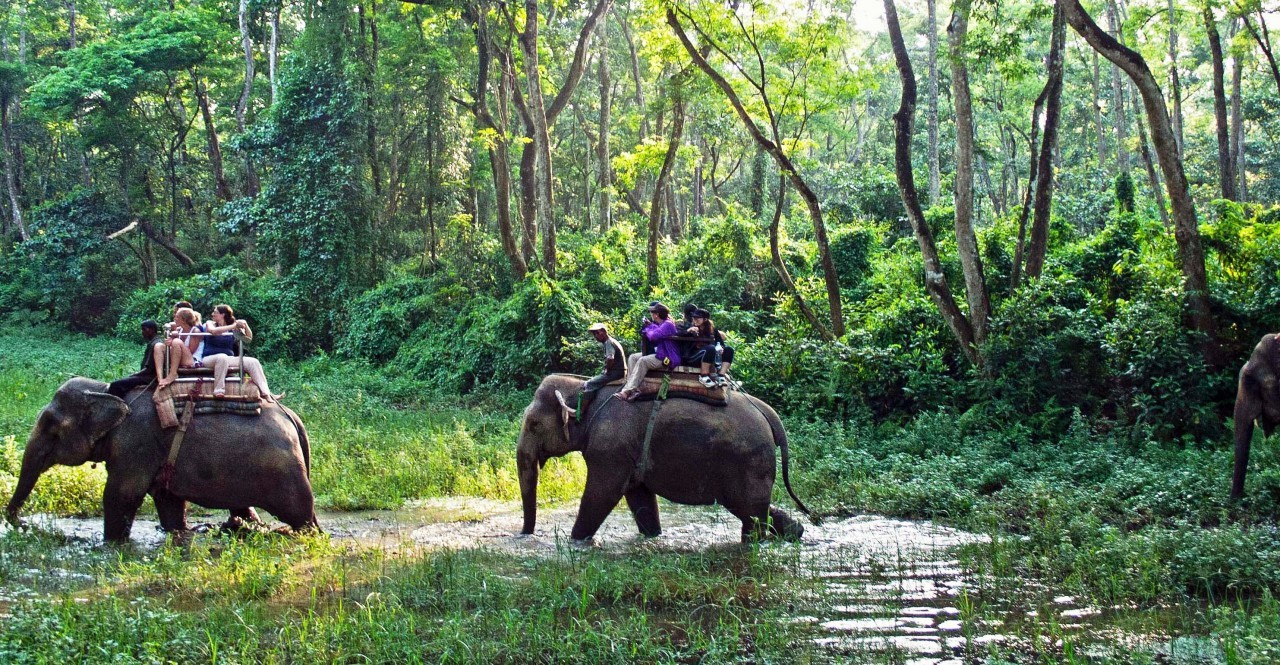
Chitwan National Park is the first national park of Nepal, established in 1973 and attained World Heritage Site status in 1984. The park covers an area of 932 Km. And is located in sub-tropical lowlands of a Terai region of south-west Nepal. The altitude falls between 100 meters and 815 meters. The National park lies in Churia Hills an and wetlands below the hills.
Gosaikunda
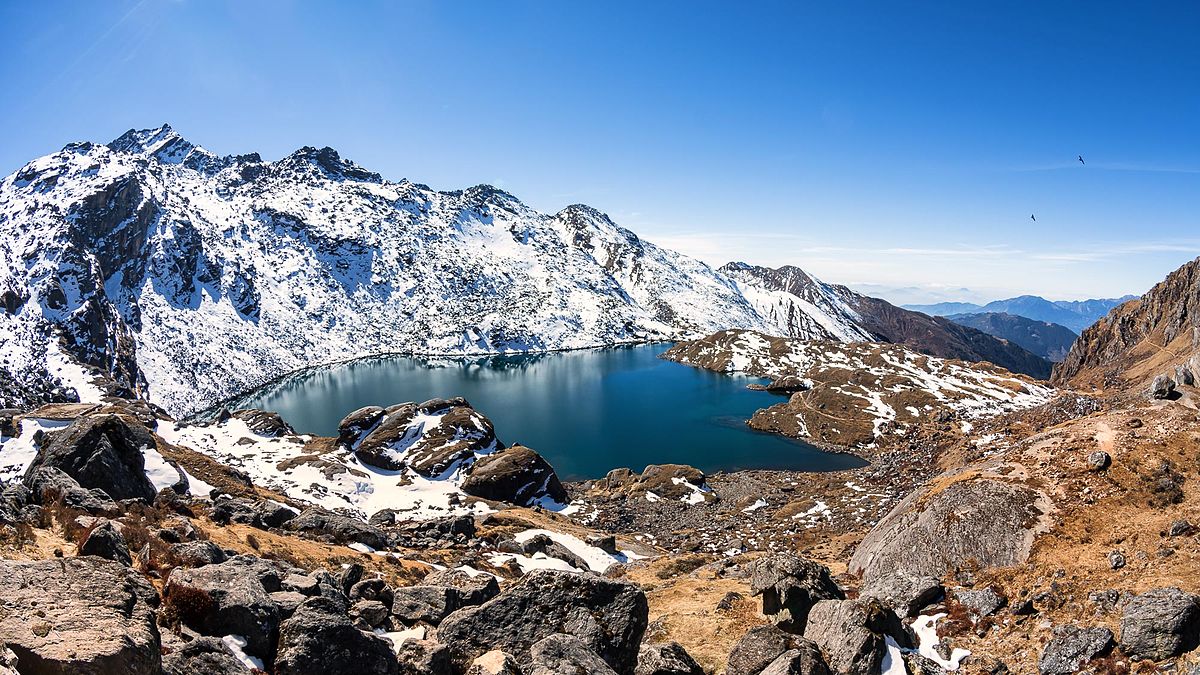
The lake freezes for six months in winter. Gosaikunda holds religious importance to Hindus. The lake falls under the Langtang Trek route. Langtang Valley also adjourns on the Gosaikinda trek.
Bardia National Park
Bardia National Park is the home of the Bengal Tiger. The park houses more than 60 Bengal Tigers and is also considered a Tiger Conservation Unit. Bardia National Park is the largest national park of Terai region of Nepal and the most undisturbed one too. There are no civil settlements inside the park. The previous settlement was resettled outside the park solely to preserve the park without human interference.
Bardia National Park lies in SouthWest Nepal in the Terai Region. Bardia National Park covers an area of 968 Km. Sq and is best for experiencing the natural wilderness of forest in Nepal. Walking Safari, Elephant Back Ride, Bird Watching, and Fishing is most tried out activity by tourists in Bardia National Park. Some endangered animals in the park are Bengal Tigers, One-Horned Rhinoceros, and the Bengal Florican.
Poon Hill

Poon Hill lies 400 meters above Ghorepani and is very snowy in the winter season. Clouds block the view after 10 am, and continuous snow and clouds block the view of mountains. The summer season is the best time to travel to Poonhill. There are no lodges or tea house in Poon Hill, and necessary equipment should be carried from Ghorepani. The sunrise from Poon Hill is considered one of the best in Nepal seen from the hilly region. The viewing hill is among the beautiful places of Nepal.
Langtang National Park
The first Himalayan National Park, Langtang National Park is an ICUN category II national park with area coverage of 1,710 km. The beautiful and sacred Gosaikunda also falls inside the park. Langtang Lirung with a summit at altitude 7,245 meters is the highest mountain inside the park.
Renowned Buddhist Monastery, Kyanjin Gompa also lies just above Langtang. About 4,500 people live inside the national park, and most of them are Tamang ethnic groups. The park is recognized as popular trekking route, white-water rafting and climbing site. The park also homes the endangered Rhesus Monkeys and Red Pandas.
Phoksundo Lake
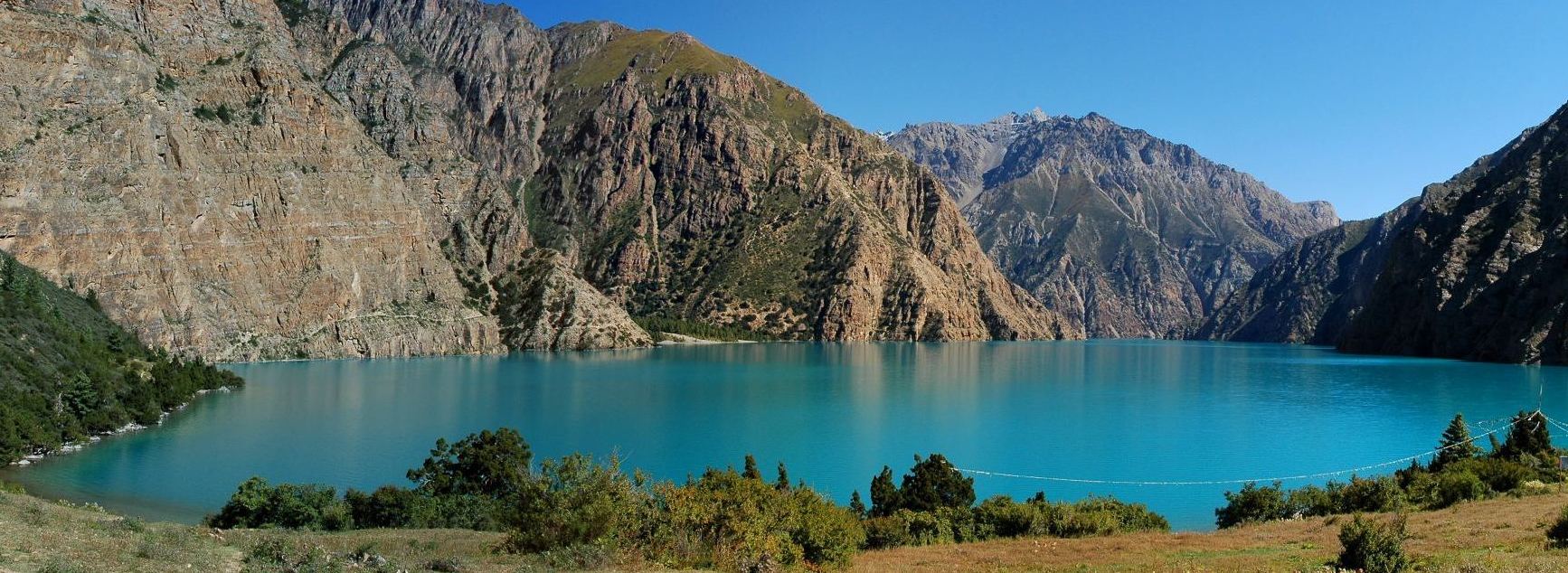
Shuklaphanta National Park
Shuklaphanta National Park is renowned for hosting the largest congregation of swamp deers in the world. The vast grasslands and wetlands inside the park is an ideal location for swamp deers. The park covers 305 sq. km of area. Shuklaphanta National Park has 700 species of flora and almost half the area of the park is covered in grassland. The forests are dominant with Sal trees and Khair and Sissoo also grow alongside rivers.
The park also hosts a wide variety of fauna. Shuklaphanta park includes 46 mammals species among which 18 are under CITES protection lists such as the Bengal Tiger, Indian Leopard, Swamp deer, Sloth Bear and Hispid Hare. One horn rhinoceros were brought from Chitwan National Park to establish a new viable population of the species in the country. There are more than 2000 deers in the park.
Shuklaphanta consists of 423 species of birds and has the highest number of Bengal Floricans. The park wetlands home 28 fish species and 12 reptile and amphibian species. Some of these include Rohu and Masheer, Mugger Crocodile, Monitor Lizard, Indian Rock Python, Indian Cobra and Oriental rat snake.
Kathmandu Durbar Square
Classified as a UNESCO World Heritage site, Kathmandu Durbar Square is one of three royal palaces inside Kathmandu Valley. Dubbed as the home of the Newars,Kathmandu Durbar Square situates at the heart of Kathmandu. Several heritage sites collapsed in the earthquake on 25th April 2015 and are in the reconstruction process.
This Durbar Square is considered among the most beautiful places of Nepal. The living goddess “Kumari” also lives inside the Durbar square. Some of the important crafts and temples of the Durbar square are Hanuman-Dhoka Durbar, Taleju Temple, Kasthamandap, Nine-floor Durbar and stone craft of Kal Bhairav.
Time to time, the temples and buildings have gone renovations caused because of natural disasters. The durbars were the home of Malla and Shah rulers of Ancient Nepal.
Bhaktapur Durbar Square
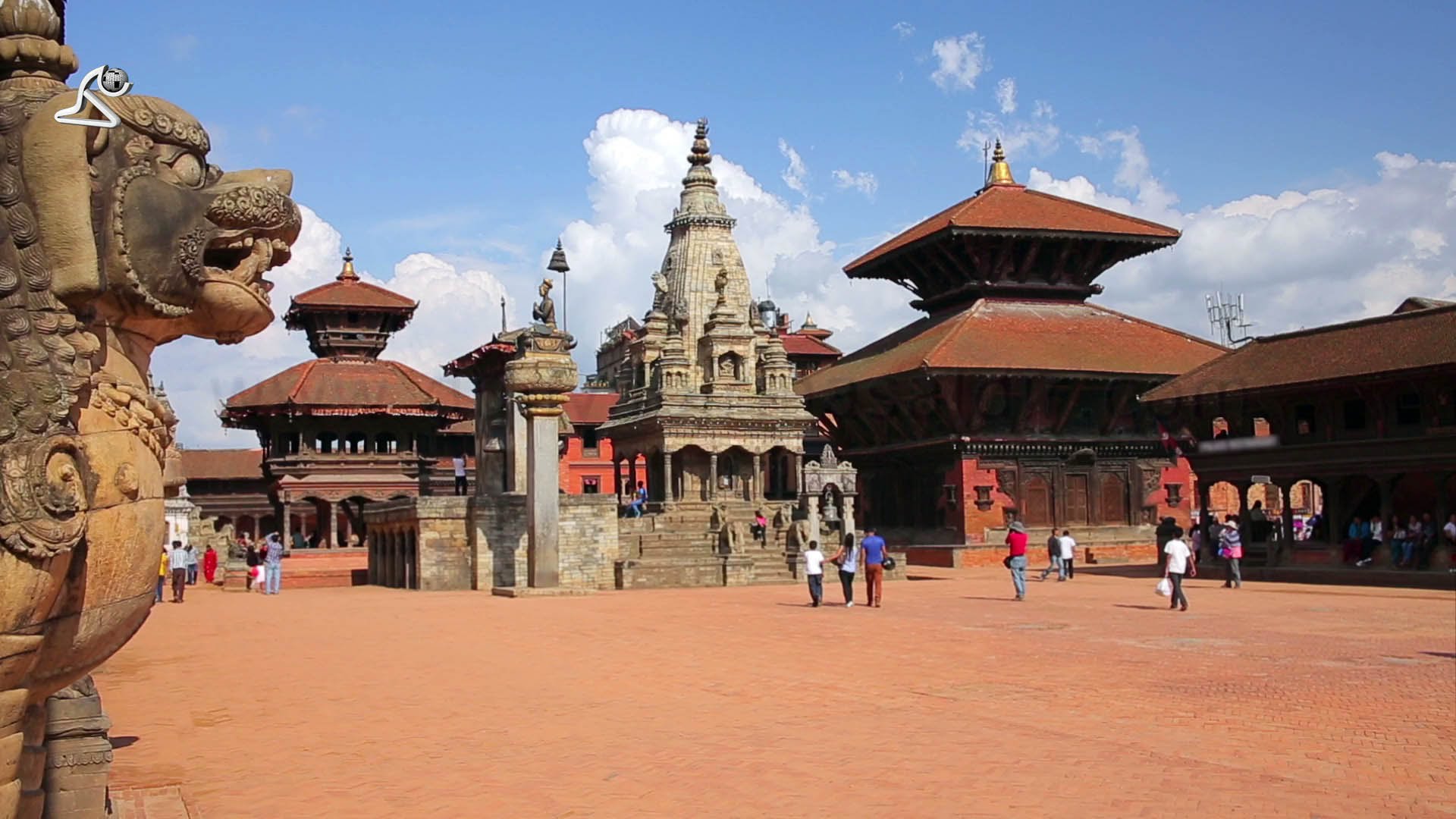
This Durbar Square is also considered one of the most beautiful places of Nepal. Some of other most visited places of Bhadgaon durbar square are Golden Gate, Bhairav Nath Temple, Vatsala temple and the statue of Bhupatindra Malla.
Bhaktapur Durbar Square also suffered major damages in the earthquake of 2015.
Patan Durbar Square
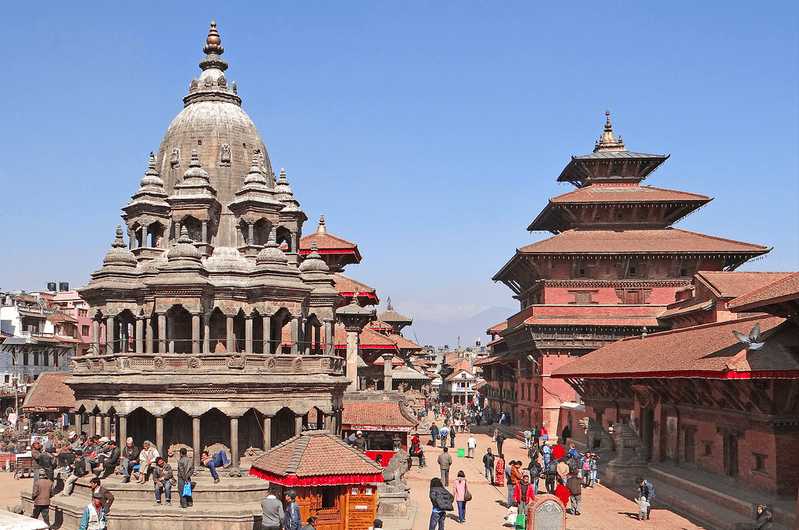
Patan Durbar Square is amidst the most beautiful places of Nepal. The major structures in the Patan Durbar Square are Krishna Mandir. Krishna Mandir is a major attraction during Krishna Jayanti. Major followers all over Nepal and India visit this temple on that day. Some other renowned structures are Bhimsen Temple, Vishwanath Temple, and Taleju Bhawani. Lalitpur Durbar Square is also famous for its Museum. Patan Durbar Square also suffered damages in the Earthquake but not as significant as Kathmandu Durbar Square and Bhaktapur Durbar Square. The weakened structures are either being mended or given support using bars.
Boudhanath Temple
Another beautiful place of Nepal is Boudhanath, a stupa located 11 kilometers on northern outskirts of Kathmandu. The spherical dome and massive mandala make the stupa one of the largest spherical stupas in Nepal. In 1979, the stupa made it to the UNESCO World Heritage site. The stupa is one of the most visited sites in Kathmandu Valley. The stupa is vividly apparent from the sky with its massive area span and a large dome.
It is also said the stupa entomb the remains of Kassapa Buddha.
The Boudhanath stupa sustained massive damage from the 2015 earthquake, and the spire and the dome itself cracked severely. The reconstruction of the stupa began in November 2015 and completed with a modern touch. There is provision for lighting the domes in the night that makes the stupa even more beautiful.
Swayambhunath Stupa (Monkey Temple)
Legend says Swyambhunath originated from a lotus that bloomed in a lake, that was Kathmandu valley itself. The stupa bears high importance to Buddhist followers. The stupa locates in the northwest of Kathmandu Valley on a small hill. The view of Kathmandu Valley is seen from Swayambhunath. The Swayambhu area is also another UNESCO site inside Kathmandu Valley. The stupa is a sight to behold and undoubtedly among beautiful places of Nepal.
The stupa areas consist varieties of shrines and temples dating back to Licchavi Period. A Tibetan Monastery, Library, and a museum are some recent additions in the area. Swayambhunath is the symbol of peace, harmony, and enlightenment. Its eye is supposed to watch over the entire world, which is represented by its dome. Swayambhunath is the pinnacle destination of Buddhism followers and is visited by thousands of people from all over the world.
Pashupatinath
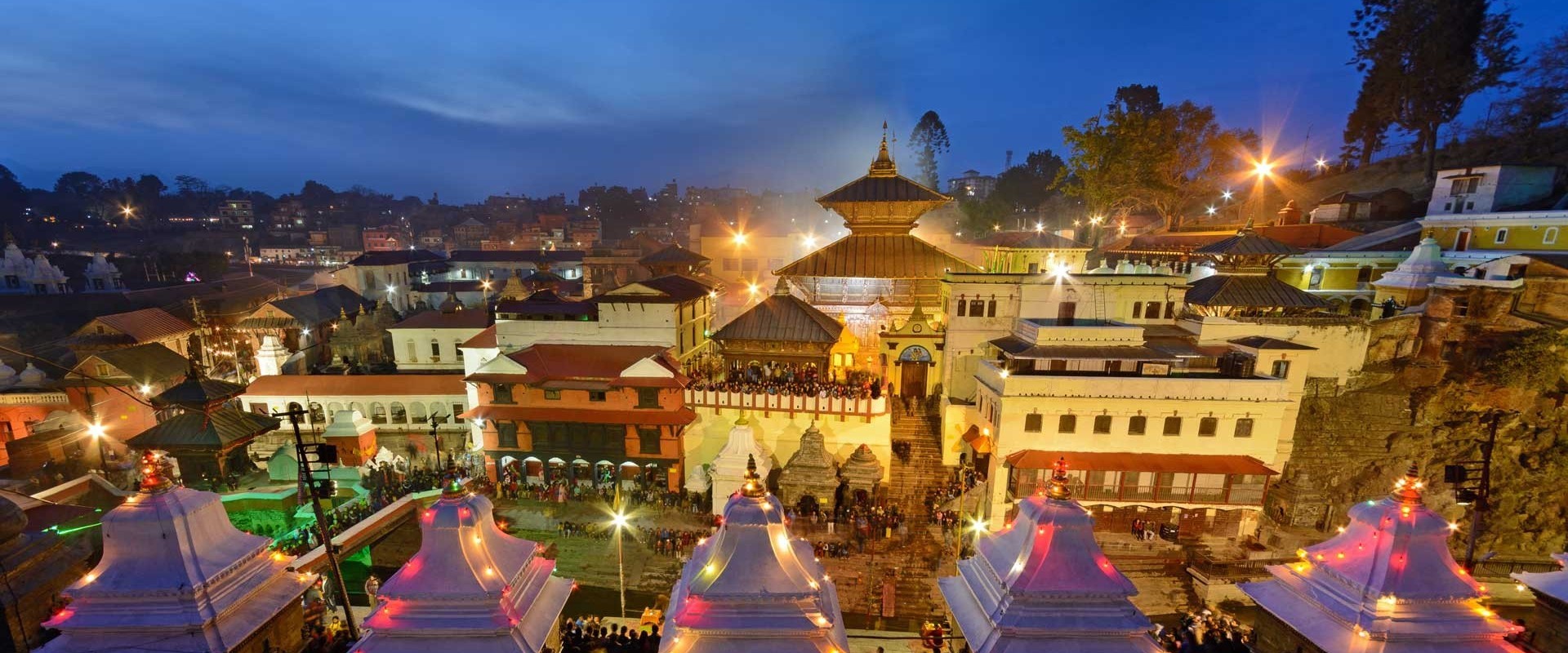
The earthquake of 2015 left the main temple area untouched, but other outer shrines and monuments were quite damaged.
Nagarkot
Nagarkot is a tourist city in Bhaktapur District popular as a destination to having a glance of beautiful sunrise and sunset from the view tower. Nagarkot is also famous for viewing the Himalaya range. The Everest views from the top of Nagarkot along with other many mountains like Annapurna Range, Manaslu range, Ganesh Himal Range, Langtang Range and views of Shivapuri National Park. Nagarkot also offers a panoramic view of Kathmandu Valley. It is one of the most visited places by tourists in Nepal. Nagarkot lies 28 km away from Kathmandu Airport and sits at the altitude of 2,195 meters.
Nagarkot also provides hiking and cycling opportunity. There is a hiking trail till Nagarkot. Otherwise, cycling up the hills to reach the tourist destination is also an alternative option to reach Nagarkot.
Illam Tea Area
Illam is the tea house of Nepal. The tea produced here is exported all over the world. The teal of Illam has an excellent reputation and market image in foreign countries. Tourists visit Illam Tea Garden because the view of the tea garden is breathtaking. The scene of entire hills covered in tea leaves and greenery till the horizon attracts quite a high number of tourists.
The Illam Tea area also has a famous hill called “Love Dada.” The place lies in a place called Kanyam and is also renowned for Horse Riding. The location is called Love Dada because the tea garden seen from the top of the hill forms a giant heart shape, thus named hill of love.
Upper Mustang
Upper Mustang, often called the Forbidden Kingdom is an isolated region in the Himalayas of Nepal. The place is called forbidden kingdom since it was restricted to foreigners till 1992 and is one of the most preserved locations in the world. The region follows Tibetan culture, traditions, and also speak the Tibetan language.
Upper Mustang trek bases on an ancient salt trading route used by Caravans. The kingdom of Mustang, Lo named Lo Manthang as the capital of the Kingdom. Lo Manthang is currently the capital of Mustang and is one of the major highlights of the trek.
The trek sees numerous human-made and natural caves, unseen geographical gorges, and hills and all the ancient monasteries, houses, and artifacts preserved since ancient times.
Koshi Tappu Wildlife Reserve
Koshi Tappu Wildlife Reserve is a protected area in southeast Nepal covering area of 175 sq. Km. The reserve established in 1976 covers wetlands, freshwater marshes, and lies along the SaptaKoshi River. Koshi Tappu is one of the major bird watching areas of Nepal. The reserve hosts rare mammals like Asian Elephant, Spotted deer, Hog Deer, Wild Boar, Golden Jackal and Smooth-Coater Otter. The Ganga river dolphin is also seen sometimes in the Reserve. The last 150 remaining water-buffalo inhibit the area along with Gaur and Blue Bull.
The reserve hosts 481 bird species, and most notable ones are Water cock, Dusky Eagle owl, black-headed cuckoo-shrike, striated grass bird, common-golden eye and gull-billed tern. People loving birds consider Koshi Tappu a paradise for bird watching.
Nepal also has many other beautiful places that are explored extensively and some not so much. There is a natural beauty, diversity in flora and fauna, several animal species because of the altitude differences and topology variations. Nepal is a place where visiting once is not enough. Even if you dedicate your life in visiting Beautiful places of Nepal only, one life won’t be enough to visit all the places of scenic and artificial beauty of Nepal.
Janakpur
Janakpur is a religious and cultural city basking in early Mithila culture. Janakpur was called Janakpurdham during the Videha Dynasty of Mithila region. The Mithila traditions are famous for their Mithila paintings. There are wall paintings all over the city. People draw these paintings on their wall of houses, streets and also on various objects.
Janakpur is a beautiful place in Nepal regarding culture, traditions, and history. Janakpur’s main attraction point is Janaki Mandir. This place hosted the marriage between Ram and Sita, the main characters of Sanskrit Epics Mahabharata. Sita was the daughter of the King of Janakpur and Ram was the son of Dashrath, King of Ayodhya.
The holy city, Janakpur is also famous for its festivals. The notable festivals to be part of in Janakpur is Rama Navami, the birthday of Lord Rama, Chhath Puja, Holi (festival of colors) and Vivah Panchami, where the wedding of Rama and Sita is celebrated by decorating the Vivah Mandap of Janaki Mandir.

